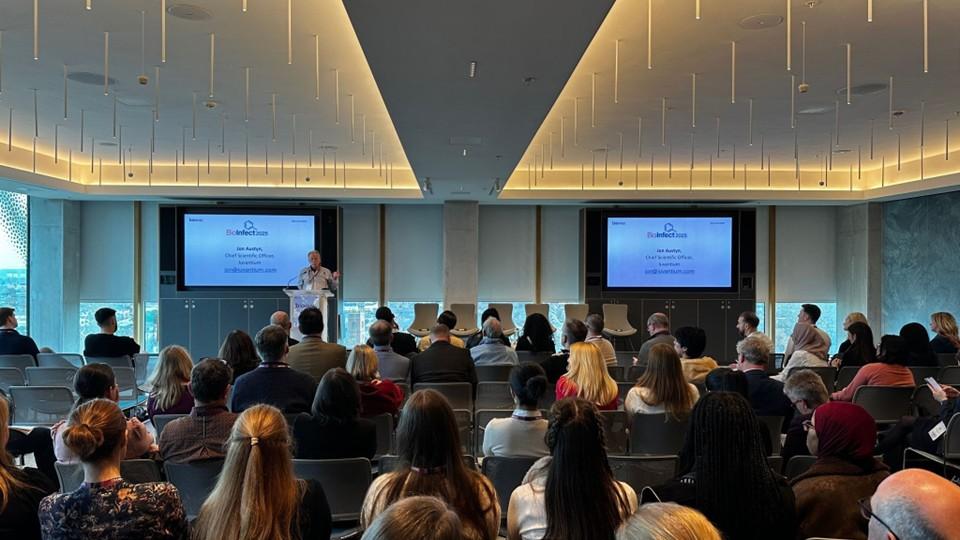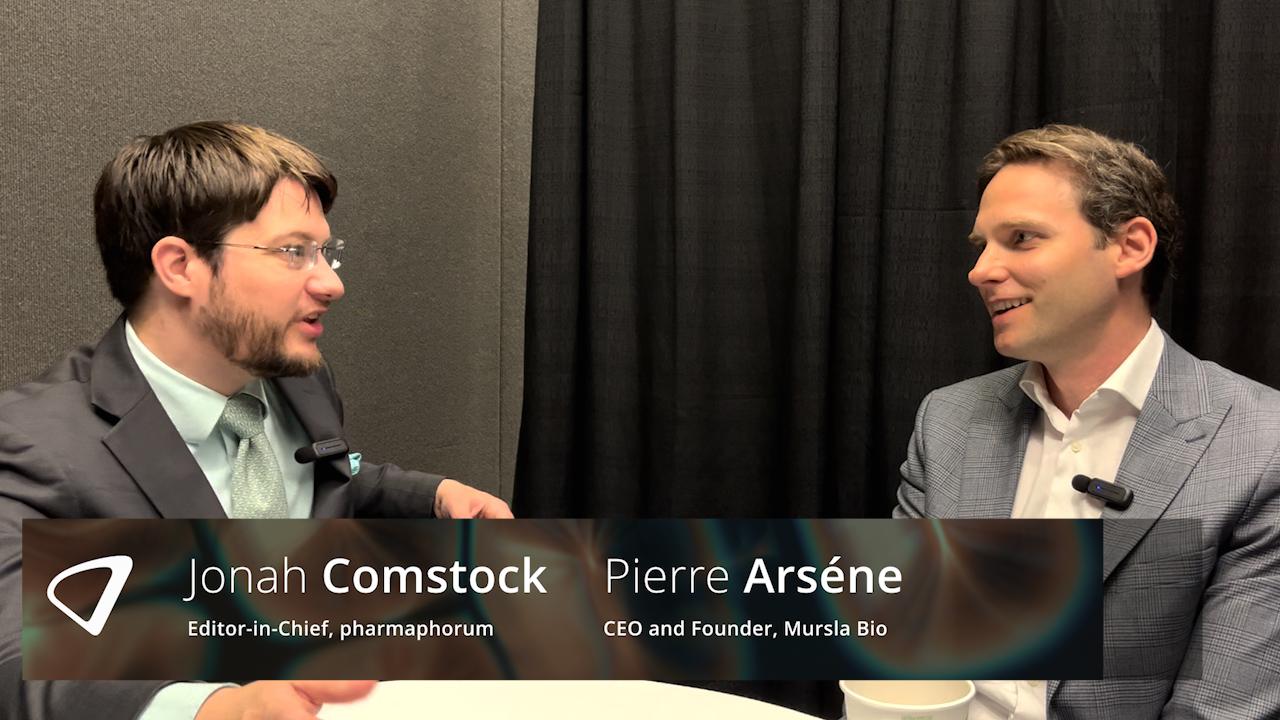Key Questions To Boost Your KOL Management – Part 8/8: Measuring Impact

KOL Management is a broad term that, in our minds, refers to the complete life cycle of identifying, mapping, segmenting, planning, engaging, and interacting with KOLs. From beginning to end. In this series of articles, we address the key questions to ask at every step of the cycle to ensure that your KOL Management is focussed, compliant, mutually beneficial, and of real scientific value.
How Do You Measure The Success Of Your KOL Management Strategy?
A good KOL Management programme should not be fixed and unmovable — it should be adaptable and flexible to changing conditions. And measuring and monitoring the impact and success is the final critical step of any ongoing, continuous KOL Management program.
A positive side effect of good KOL Management strategy and planning should be that you “move the needle” amongst Experts. Measuring and monitoring all these different parameters and components, e.g. measuring the impact of your work on external KOLs, measuring the efficiency of your work internally, assessing the success of your strategy and tactics should be an integral part in any KOL Management program
To help you get there, ask yourself these questions:
- Are there regular (e.g. monthly, quarterly) meetings arranged to support the implementation of engagement plans, input on decisions, share experiences of previous engagements to ensure alignment and execution going forward?
- Is there an ability for people to call for ad-hoc reviews due to unexpected developments in the marketplace, or by new/material information, e.g. feedback from team members interacting with the target KOL?
- Have you put in place a mechanism for evaluating the impact of your activities on Expert advocacy and behaviour, e.g. by assessing the “sentiment” of each Expert based on your interaction with that Expert?
- Is there a process for regularly comparing live mindset/benchmarking/sentiment data with the original KOL benchmarking exercises?
- Do the appropriate internal processes support the ability to refine KOL engagement strategy and tactics in response to shifts in mindset across the KOL population?
- Have you created an effective medical ROI framework which can you can use to assess how much you are moving the needle amongst your KOLs?
- Have you put in place independent mechanisms to assess how KOLs receive, perceive, and view your outreach and engagements with them?
By addressing the questions above, you can make KOL Management decisions that rely less on faith and luck, and more on instinct and facts.
Costantino Ciotti
Services & Innovations
+44 (0)20 8191 9823











